Document Type
Case Study
Publication Date
2021
Editor
Susan Kunimatsu
Abstract
Seattle’s neighborhoods are at risk of becoming homogenized by gentrification and tech-focused profit-driven development. Though it is well-established that Seattle is a creative and diverse city, cherished arts districts like Capitol Hill and the Uptown region surrounding the Seattle Center have changed. South Lake Union is another a stark example. This case study examines how culturally vibrant neighborhoods are created and what outside factors can inhibit the growth of the distinctive neighborhood identities that are crucial to developing a sense of community and organizing advocacy. It starts with the hypothesis that, without community advocacy, one dominant factor such traffic or a single powerful industry can overwhelm a neighborhood. It will compare three neighborhoods in Seattle and the historical motivations that created them. It will highlight three factors that cultural organizations and arts advocates should consider when advocating for diverse growth in their neighborhood. Underestimating the impact of traffic patterns resulted in problems that have limited the growth of cultural organizations. Loss of affordable sites for arts nonprofits has dramatically shortened the longevity of such organizations in South Lake Union when compared to Capitol Hill and Uptown. Lastly, in the case of the South Lake Union nonprofit Consolidated Works, shifts in their arts programming, coupled with facility instability and a lack of audience in the neighborhood, led to mission drift and were contributing causes of the closure of the once lauded organization.
Organization or Event
Consolidated Works
Form of Entity
Nonprofit
Area of Activity
Producer/Creator, Presenter/Distributor, Services for Artists, Venue/Facility
Artistic Discipline
Multidisciplinary Arts
Recommended Citation
Lane, Cay, "The Rise and Fall of Consolidated Works and the Arts in South Lake Union" (2021). Consolidated Works. 1.
https://scholarworks.seattleu.edu/consolidated-works/1


